The Xbox console business is in (the beginnings of) a death spiral
By bigsocrates 5 Comments
I want to be clear from the outset that I’m not talking about Microsoft’s involvement in games being under threat. Xbox owns Minecraft and Call of Duty. It spent almost $100 billion buying game makers over the past decade. The gaming division is now bigger than Windows. Microsoft isn’t leaving gaming, or if it does it will be by spinning off the gaming division into its own company or possibly selling it off, not by shutting it down.
But the Xbox console business is in big trouble. You can argue it always has been. Xbox launched with the expectation of losing money the first generation, which it did, and then making money during the second generation, which it may have, a little bit, but was definitely hampered from by the red ring of death, which cost the division billions.
The first half of the 360 generation was still successful in terms of selling consoles and building the brand, but the Kinect era was another massive misstep and killed a lot of that momentum, allowing Sony to catch up. Microsoft stopped investing in internal development and what it did make was for its disastrous peripheral that only worked well with a very limited number of games.
We all know the disaster that was the Xbox One launch, and while the generation as a whole wasn’t a total failure and Xbox might have been slightly profitable, the Xbox Series X was the opportunity for Microsoft to right the ship. They came out with a fine piece of hardware (The PS5 performs better at least some of the time and has the better controller, but there’s nothing wrong with the Series X) and the Series S was an interesting idea that has caused some issues but also created some opportunities. Of course the launch of the PS5 and XS consoles was thrown completely off by the pandemic, but even out of the gate the PS5 was seen as more desirable and now, probably halfway through the generation or a bit more, it has an even bigger lead over XS consoles than the PS4 did over the Xbox One. Microsoft likes to blame this on path dependency and digital libraries with backwards compatibility; if you bought a PS4 you bought a PS5 because your games would all transfer over. There’s something to that, of course, but it doesn’t really explain why Xbox has lost even more ground. People enter and exit the console market all the time, and people are willing to buy multiple consoles. If Microsoft was doing well then maybe they could move from 50% of the sales of the PS4 to 75% the next generation before catching up, even with library carry over. Instead they’re losing ground.
Why? There are a number of reasons. In addition to personal path dependency there’s friend group dependency. You might own an Xbox but you want to play games with your buddies who own PS5s so you get one of those. Xbox has also never performed well outside North America, and as the US economy’s share of the global economy continues to shrink that continues to be a bigger and bigger issue (though it’s worth noting that Japan, the region where Xbox does the worst, barely buys consoles anymore, so this is not as big an issue as it might have been.) Xbox’s decision to put all its games on PC certainly hurt console adoption, though Sony has followed suit (albeit less aggressively) so that’s a smaller factor than it once was.
I think the real issue, underlying everything, is that Microsoft can’t make hit games, and it can’t get games out in time.
I bought an Xbox Series X at launch and do you know what I played with it that first couple months? Dirt 5, Immortals: Fenyx Rising, Watch_Dogs Legion and Cyberpunk 2077. I actually like all those games, but they’re also all available on PlayStation and none are made by Microsoft. The Xbox Sereis launched with almost nothing by Microsoft. There was a new version of Forza Horizon 4, an all-time great game that was years old already. There were a couple of timed third party console exclusives of middling quality in The Medium and The Falconeer, and that was it. Everything else was a multi-plat third party game or old. Mostly both. When I got my PlayStation 5 a couple months later it came in a bundle with Demon’s Souls and Miles Morales (also available on PS4, but that hasn’t seemed to matter) and with Astro’s Playroom included. I played my Xbox Series X because it was the most advanced console I had, but I played my PS5 because it had a bunch of stuff on it that I couldn’t get elsewhere. The Xbox Series X was supposed to have Halo soon after launch and other things, but we gave it a pass because of the pandemic.
Since then Microsoft has continued to underperform in terms of getting games out on time and in good quality. When they bought Bethesda a lot of Xbox fans were excited because they thought it was only a matter of time before those games came online and changed things. That was half a decade ago and since then Bethesda’s output has been slow and anemic. Starfield was very late and disappointing. High Fi Rush was great, but failed to set the world on fire. We don’t need to talk about Redfall. We all know about Ghostwire: Tokyo and Deathloop being timed PS5 exclusives, but other than some decent remasters of old games it’s been kind of pathetic.
And Microsoft’s own studios are in many ways worse. Halo Infinite wasn’t terrible but it was incredibly late and they couldn’t keep up with the live service side. Gears 5 seemed okay but was also 5 years ago. Getting one okay game every 6-7 years is not exciting. Forza Motorsport has been spinning its wheels (pun intended) for a long time. The seeming one bright spot is Playground Games, which Microsoft bought and left alone. And even there it’s not clear that Fable is going particularly well. There have been a number of Minecraft spinoff games, which should print money but instead seem to revel in mediocrity and be quickly forgotten.
Microsoft is bad at making games. They haven’t created a hit new franchise since Forza Horizon and haven’t been able to sustain their old ones, while PlayStation’s stable of software is seen as top tier. Talking about Nintendo would just be cruel.
On the smaller game side there have been some critical bright spots like Pentiment and the aforementioned Hi-Fi Rush and even Grounded, which was in Early Access for eternity but is now out and seems well liked. Rare has done a good job of maintaining Sea of Thieves. Minecraft continues to truck along. It’s not that there’s nothing, but it’s not what you expect from a platform holder. This isn’t about exclusivity it’s about identity and core experiences that drive people to your platform. Instead Microsoft has tried to do that with Game Pass, but you can get that on PC and it’s clear that people won’t buy a system to get into that service. When the games you’re putting on Game Pass are either old, throwaways, or small titles people just aren’t that excited by it. The premise of Game Pass was always big games on day 1, and the games aren’t there.
Ultimately this comes down to Phil Spencer. Whether it’s his personal fault, or the fault of the people he hired, or his inability to handle interference from above, none of that matters. He’s been head of Microsoft for a decade and while he says all the right things and I truly believe he is passionate about games and is smart about the industry and has good ideas for services and new ways to sell games, he can’t manage game production. He has failed to do so. For a decade. He’s taken over huge publishers and built his own studios, and poured billions of dollars into making games and the games that have gotten made aren’t good enough. That’s the core of the Microsoft problem.
And now Daikatana’s biggest fan, Jeff Grubb, the news guy who has been thoroughly bitchified by John Romero for hours on end, reports that Perfect Dark is a mess. Of course it is. All Microsoft games are messes. Some of them get fixed and come out. Some don’t.
And because of that, and the recent cuts and closures, Xbox, the console business, now has the death stink on it. For a decade Xbox hasn’t been the cool place to go for games, and everyone knows it. Nobody thinks they have to get an Xbox to play anything, and people are now worried about the console and the longevity of the business. People are nervous about buying into a platform that may not last. This is how a spiral happens. You fail, people see you as a failure and don’t want to support you, you make less money and have to cut back so you fail some more, and it feeds on itself. People won’t want to go to work for Microsoft because they don’t make cool games (and they fire all their developers!) It all just weighs the business down. And eventually Microsoft will decide that the Xbox console is too expensive to invest in and while they might not discontinue it outright they will allow it to atrophy. We see this on a much smaller scale with the Atari VCS. It came out, flopped, people stopped putting games on it, and while it’s still for sale it’s not a real product anymore. I’m not saying Xbox is in anywhere near the same position now, and it’s a totally different situation, but it’s hard to get the stink off you, and Xbox has the stink.
Is it possible to turn this around? Of course. For one thing Microsoft has endlessly deep pockets and can maintain Xbox as long as it wants. The brand isn’t totally dead and other brands have recovered from worse. The death spiral gets tighter as you go but Xbox isn’t towards the center yet. It has millions of users and pulls in a lot of revenue. And it’s attached to a division that still makes money. But it needs to change and relatively soon. It needs to be desirable again.
I can see two roads forward. The first is to open up the platform. Let people put Windows on their Xboxes and thus have access to Steam and Itch.io. I don’t know how much Microsoft makes from their cut of third party software on the system, but I can’t imagine it’s a huge part of the revenue. Yes this will create piracy issues and the box will get hacked within weeks (probably a large part why they don’t do it) but if you turn the Xbox into more or less a Steam machine that might make it intriguing to a lot of people who want the best of both worlds, a console and an open platform.
The second is to make some hit games. Not just one, unless it’s a monster megahit, but a series. If the next 5 big games Microsoft puts out are huge hits people will take notice. If they can put out something at the level of a Bloodborne or The Last of Us it will draw attention. And if they can do it repeatedly it will draw sales.
I just don’t think they can. At least not under Spencer. I used to like the guy, before this year’s bloodletting, but while I think he does ‘get’ games he has a track record of not being able to get them made on time or at high quality.
But I’m not a fortune teller or even a games business guy. Maybe they’ll turn it around. Maybe consoles will die in general and it will all go PC and cloud and this won’t matter. Maybe there’s some other brilliant move I don’t even see coming that will change the industry. The Xbox Series has sold more than the Wii U and the Switch may be the biggest selling console in history. It’s not impossible to turn things around with the right series of moves. But the Switch sold on the one two punch of Zelda and Mario, not just its hardware. And Microsoft sure isn’t going to sell a bunch of Xbox Series Zs with the lineup it has now.
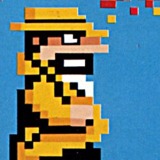
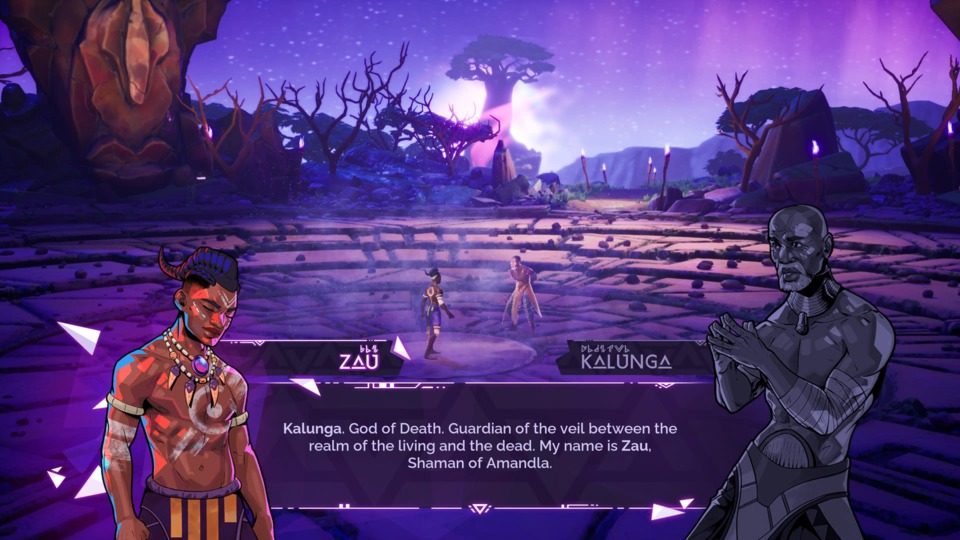
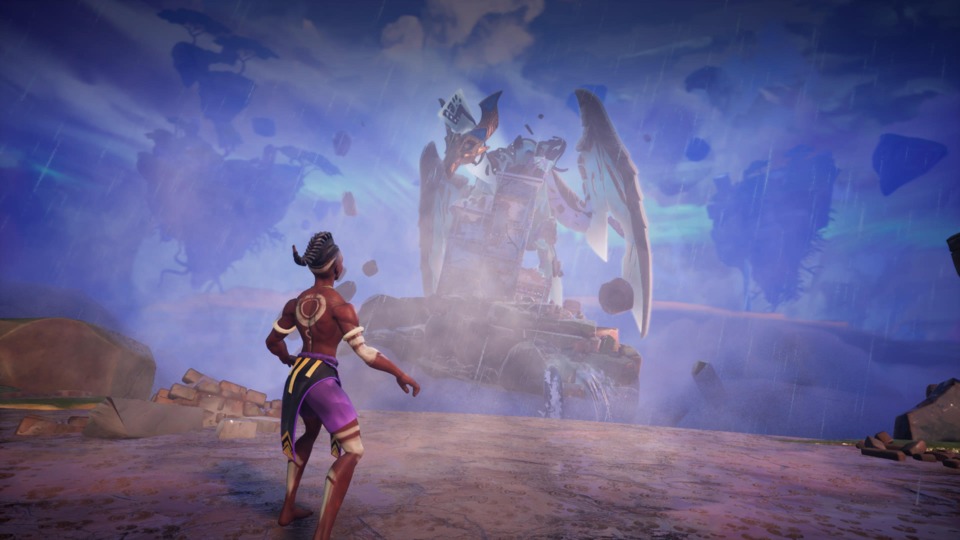
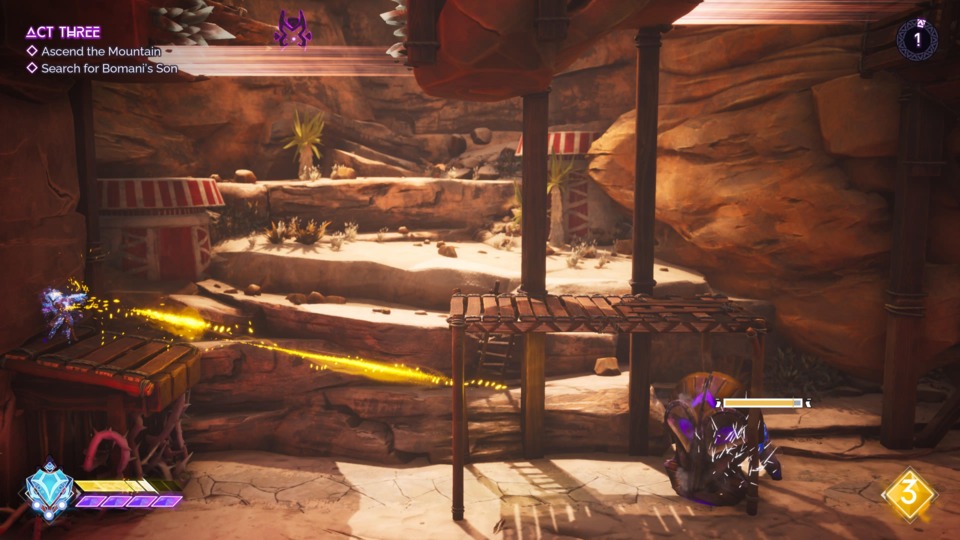
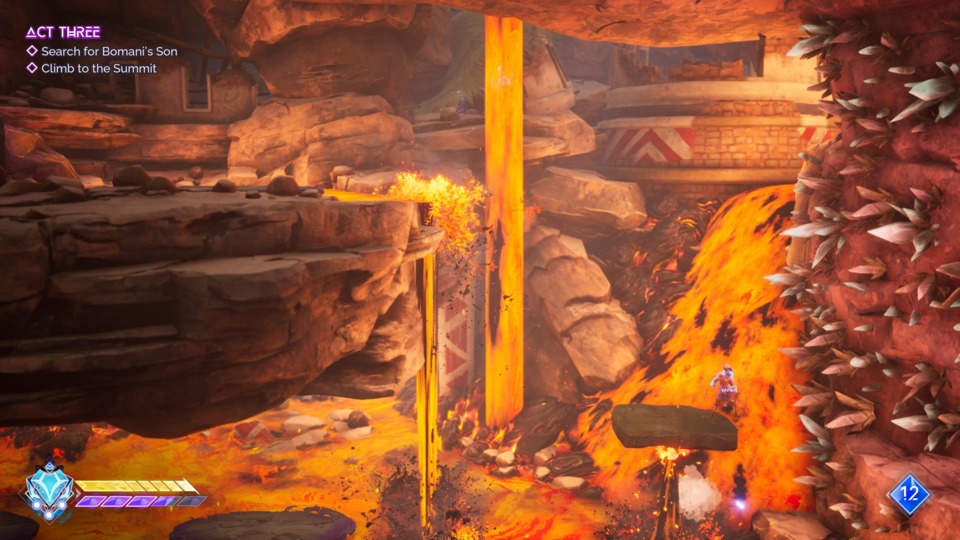
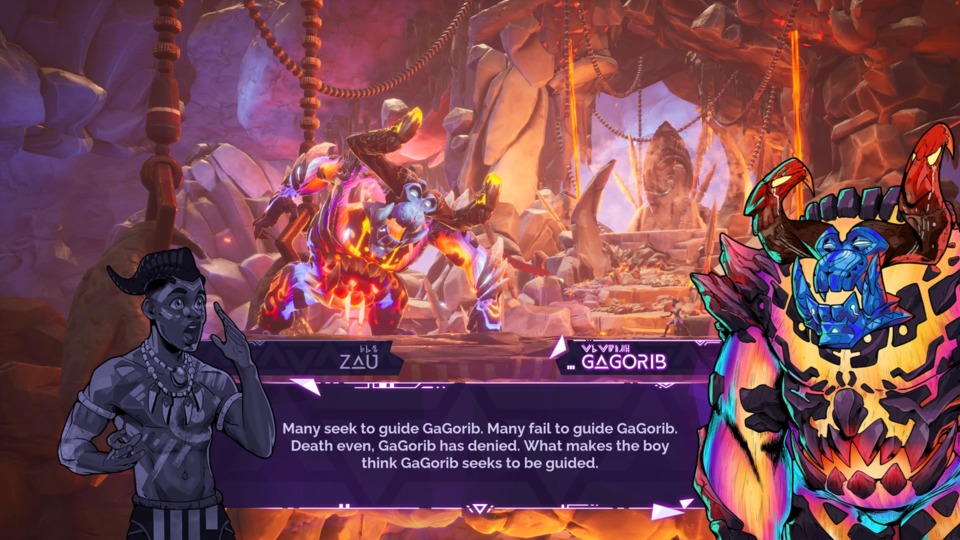
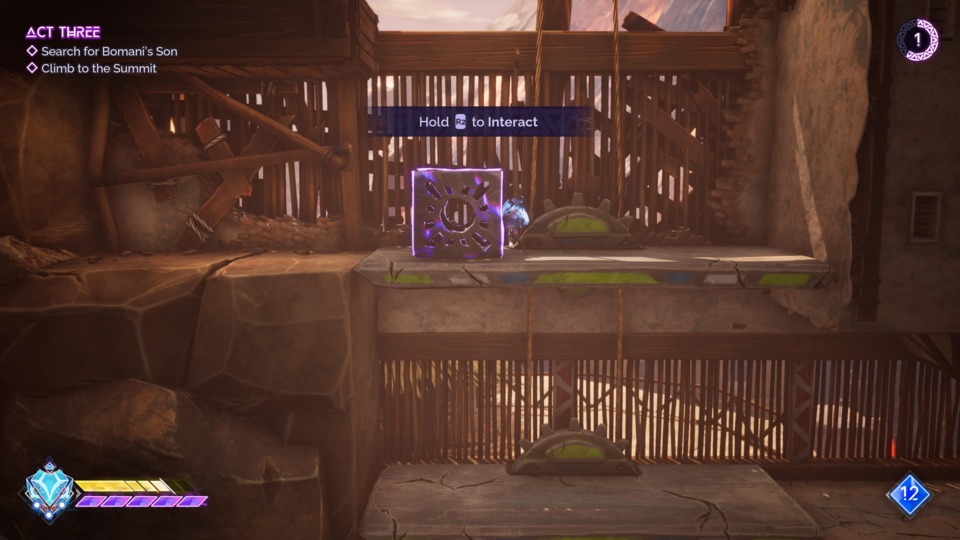
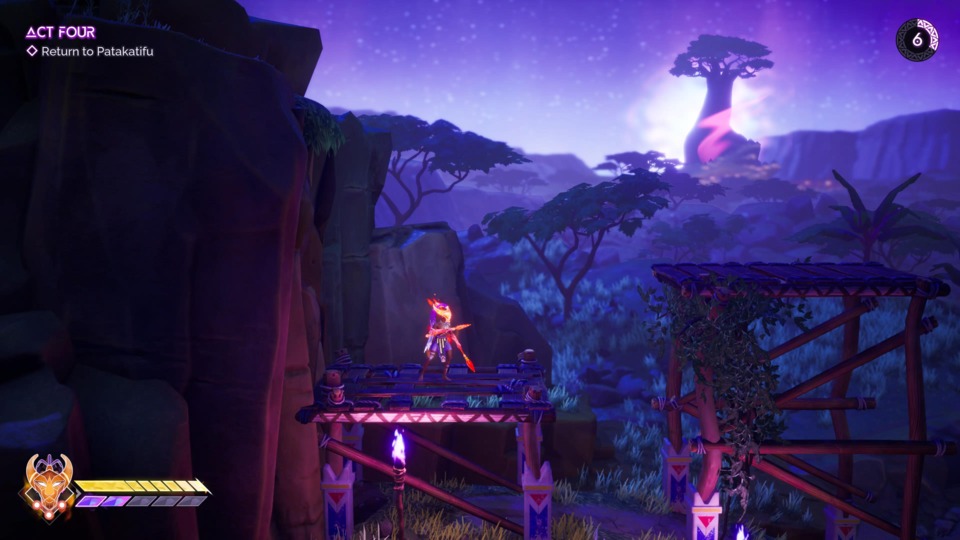
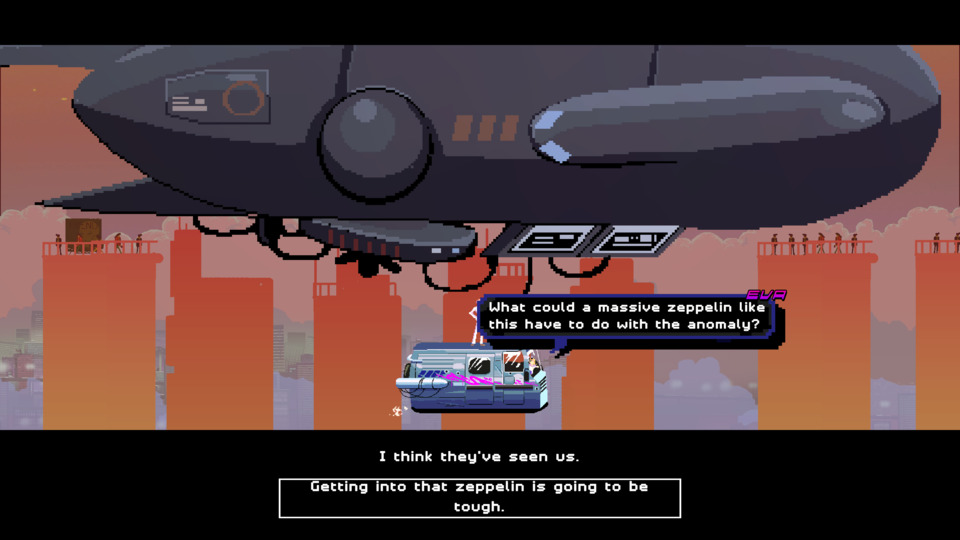
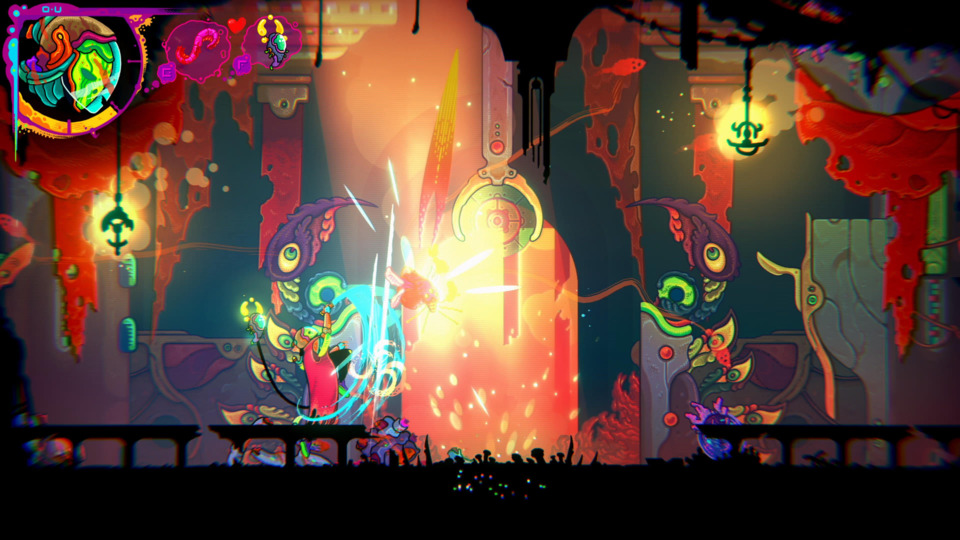
Log in to comment